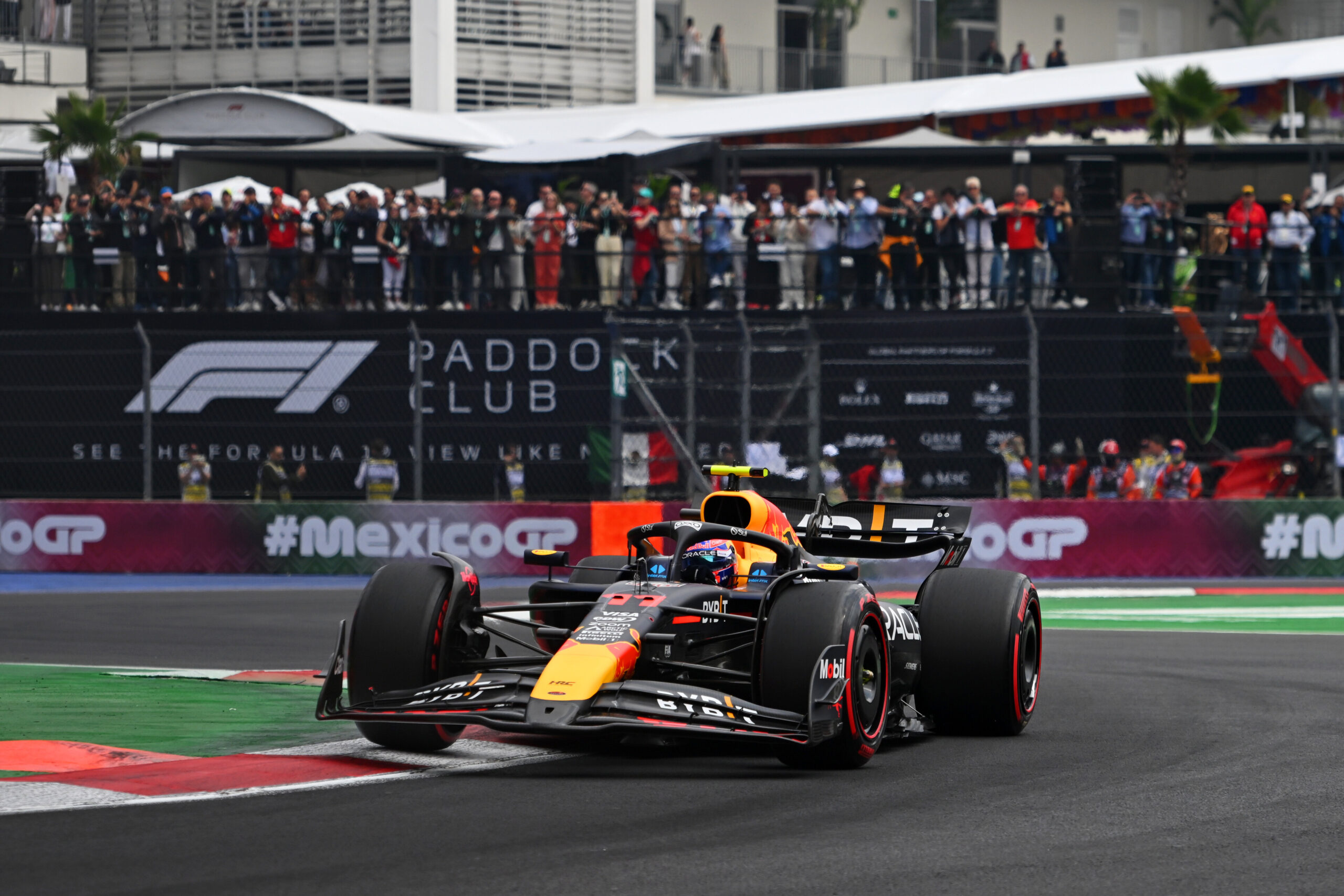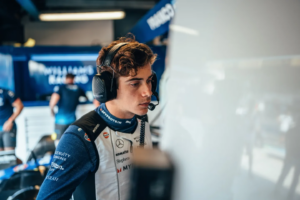This weekend the F1 Circus is back in Mexico, in one of the highest altitude circuits of the calendar. What team is going to prevail over the others? And what driver can we expect to be the first at the starting line?
Characteristics of the circuit
The Autodromo Hermanos Rodriguez in Mexico is a very peculiar track in the F1 calendar. The track is shorter with a long main straight, and typically, in this layout, teams would gravitate towards a low downforce car. The altitude, though, pushes the teams to have more downforce to gain speed.
This moves the team towards a very high aerodynamic load to accommodate the peculiar circumstances. In addition, the little air for the power unit, brakes, and other components of the car leads to a problem with the cooling of the cars. It’s fundamental for teams to choose the right setup for the Mexican GP.
Upgrades that make a difference
One of the teams that indubitably brought one of the biggest upgrades of the Mexican GP weekend is McLaren. The new heavily revised floor is part of the last major upgrade of the 2024 season for the Papaya team. However, McLaren is not the only team that has brought some new upgrades for the weekend. Red Bull and Williams have opted for a larger bodywork to incorporate the enhanced rear cooling outlet.
They weren’t the only teams to bring bodywork-specific upgrades as Ferrari also brought specific side cooling louvres to adapt to the Mexican thin air. Meanwhile, RB is continuing to bring development upgrades, which include new floor fences and floor edges with the aim of improving the power of the vortices and the speed of the underbody airflow. However, we will only be able to see tomorrow during the race whether or not these upgrades have proven useful.
Limited practice
At the Mexican GP this weekend there’s been a smaller sample of data to analyze than usual as FP1 saw five rookies have the opportunity to drive an F1 car for the teams. During FP2, the teams were required to run fixed programmes set by Pirelli to conduct tyre testing for 2025. This left the majority of the teams to make the most out of FP3.
From what we’ve seen, there’s three teams who are possibly in the fight for pole position while the midfield are separated by 0.2 in qualifying pace.
Lessons learned
Ferrari emerged as the ones to beat on the long run as both Sainz and Leclerc seemed to have a good feeling. Despite this McLaren still seems to be Ferrari’s biggest threat. A positive for McLaren is their obvious one-lap pace advantage this weekend. Oscar Piastri’s side of the garage has shown more optimism and the data suggests they are serious contenders for pole. When it comes to the long run they are a little further back in terms of race pace, but there’s essentially nothing in it.
Meanwhile, despite Red Bull not showing overly bright times Max Verstappen will still be one to watch because we know he is not one to go down without a fight. The Silver Arrows have been a little unpredictable throughout the year and this seems to continue in this Mexico GP. Based on the data from the three practice sessions we can assume they could potentially be an inconvenience to competitors during both qualifying and the race.
We can expect a tight fight between McLaren and Ferrari for pole position and second and third place. The midfield has been consistently close in terms of times, especially during FP3 so we can only wait for qualifying to see which drivers are going to prevail on the others.






